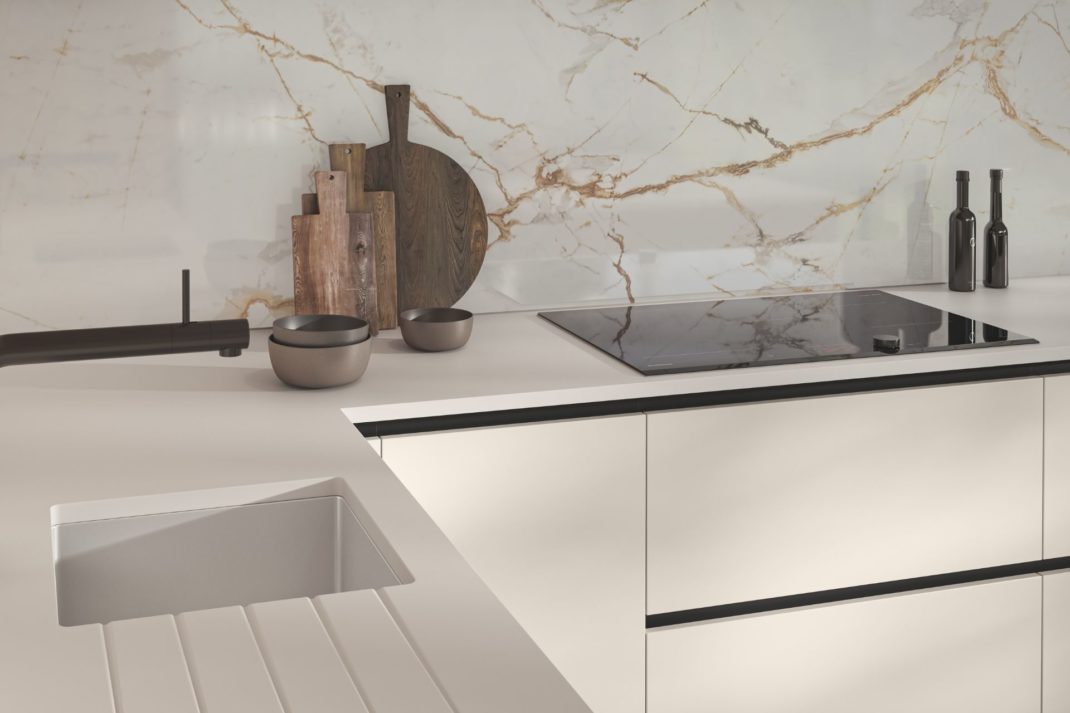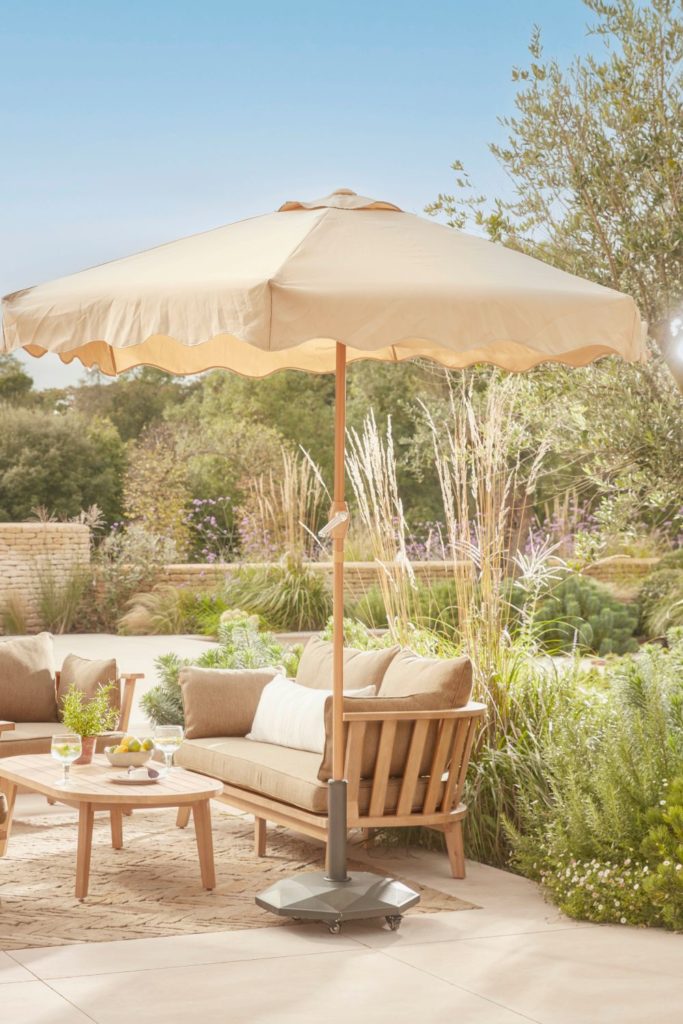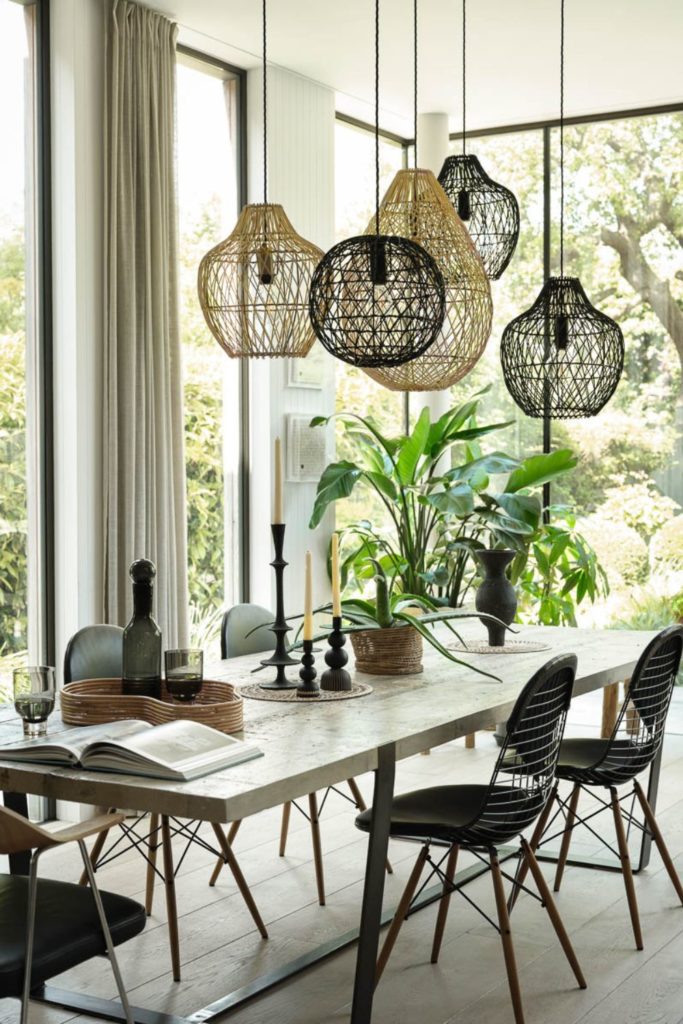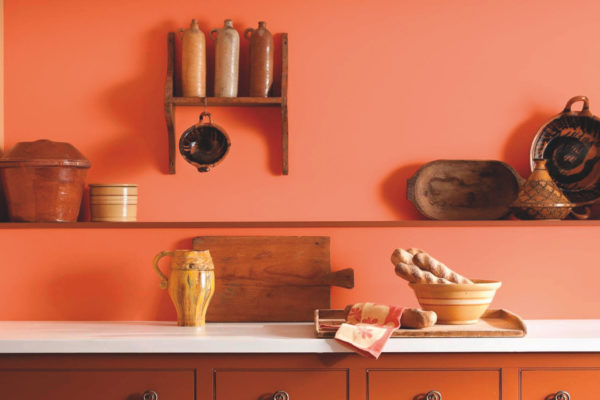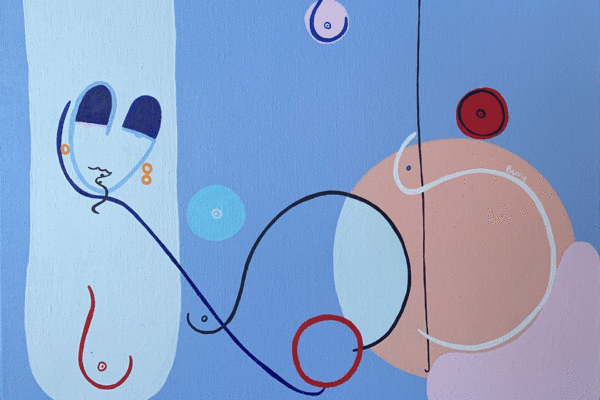Home Gallery: How To Arrange Your Art At Home
By
1 year ago
Make your walls pop
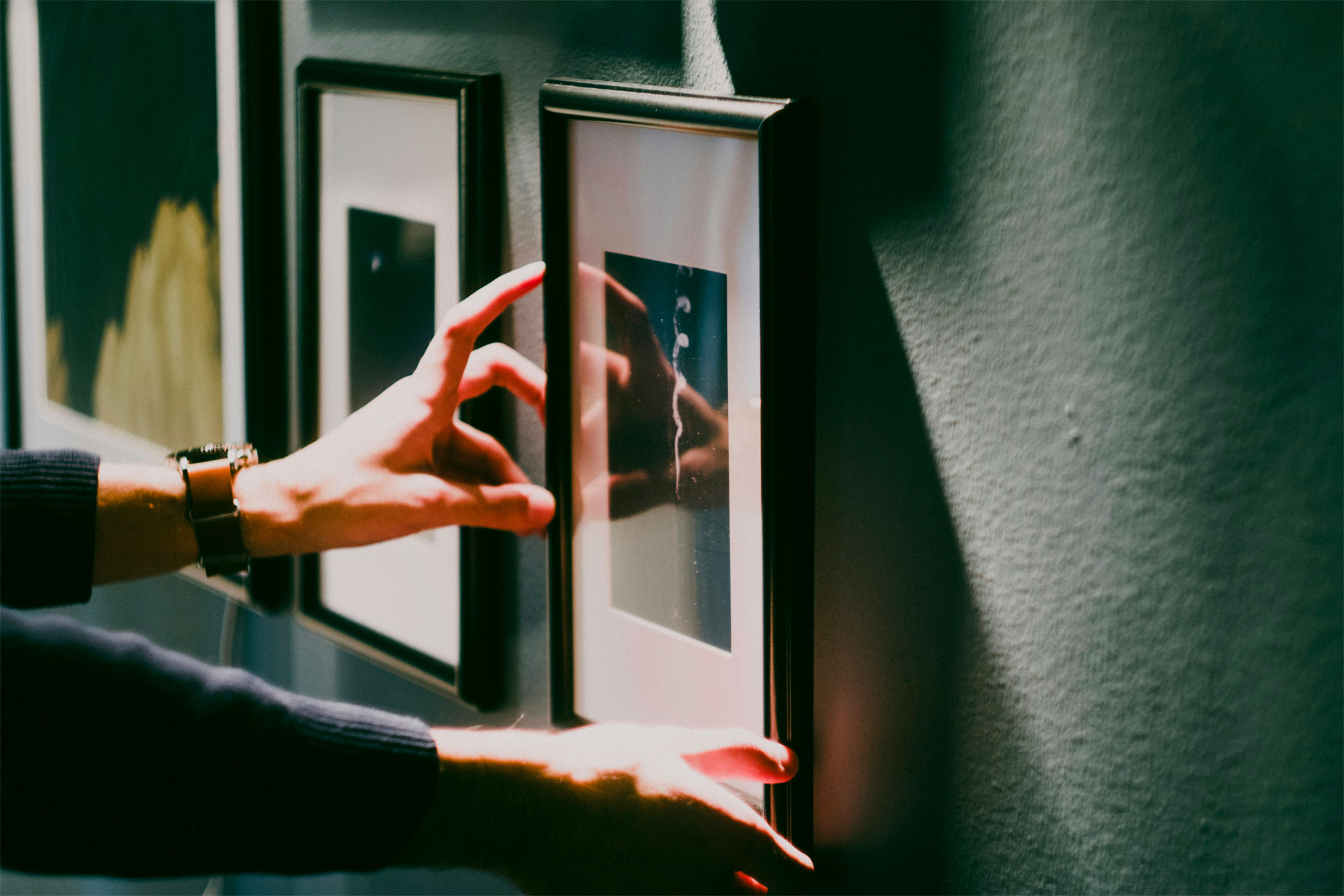
Building up a home collection? You might be feeling a bit intimidated by the thought of arranging the collections – whether that’s on a stand or hanging from the walls. We asked the interiors experts what to do.
Nine Tips On Displaying Your Art At Home
Consider The Overall Composition Of The Room
View this post on Instagram
‘Hanging art is a bit like painting a good piece of art in the first place,’ says Philippa Thorp of architecture and interiors studio Thorp Design. ‘It’s all about the juxtaposition of things. And if you put one thing in one place, then maybe you have to rejig the others, a bit like you’re doing a painting yourself. You are creating a picture all the time by arranging art.’
Consider Size – But Not Too Much
View this post on Instagram
‘Sometimes a small piece in a large space gives reverence and commands a room,’ says Fi Lovett, European Director of Maddox Gallery. ‘Similarly, arranging a small piece of art in a dark, cosy corner can draw you into a space to sit, relax and unwind. My clients sometimes feel they don’t have a wall large enough to install David Yarrow’s fine art photography, however, they work best when they fill an entire wall. They create immediate impact and look best commanding a space.’
Use Natural Light To Your Advantage
View this post on Instagram
‘I’m a big fan of natural light,’ continues Philippa. ‘I think most things look better, whether it’s the art or any other aspect of the house, if you can get natural light. Not direct light, but north light or not-glaring sunlight. Because then you can see the art without it having to be lit. If a room is well designed, and well curated, you should be aiming to get as much natural lighting as possible.’
But Otherwise – Consider Picture Lighting
View this post on Instagram
‘Generally, LED lighting is best as it is the least damaging light source,’ says Andrew Molyneux from TM Lighting. ‘However, you must adhere to the 3Cs methodology when selecting the right LEDs to ensure the colour accuracy of the artwork: the colour rendition should be >95CRI; the colour temperature should be a comfortable warm of 2700K; and use a reputable manufacturer to ensure colour consistency. The type of light fixture you use is purely your preference. TM Lighting’s picture lights provide museum-grade lighting for the home, making them a really straight forward retrofit solution. Spotlights and recessed downlights may sit more comfortably in contemporary spaces, but there is no hard and fast rule.’
The Frame Can Be Transformational
View this post on Instagram
‘Most paintings are ruined by the frame,’ says Philippa. ‘You can have inherited an old dog of a painting, but if it’s put in a new frame you can give it a new life. I also think too many frames are too heavy for the image – less is always more.’
Think About Sight Lines
View this post on Instagram
‘When I’m arranging art in a room, I’m always looking at key sight lines,’ explains Louise Wicksteed, Design Director of Sims Hilditch. ‘When you approach a space, what do you see first? How are you going to be in the space? I like to have one key piece of art, and then support it with smaller pieces. It’s about constantly trying to strive for a harmonious balance.’
Start At The Front Door
View this post on Instagram
‘Art can set the tone and the narrative for the house,’ continues Louise. ‘And I think that narrative starts as soon as you open the front door, which is why art in your entryway is really important. It’s really nice if art has a sense of place, and it connects to where the house is. So I like to source local and look at artwork that is reminiscent of local landscapes and colour palettes, to create a synergy with the setting of the house.’
Move It Around – A Lot
View this post on Instagram
‘Think about which are the pieces of art that are really important to you,’ says Louise. ‘And then think about the spaces where you spend time, and also how the artwork is going to flow from room to room. We sometimes try five or six pieces of artwork in a space until we get something that we really like, and that looks really good with the scheme. Sometimes you have to just try things in different spaces and move things around.’
And Remember That There Are No Hard & Fast Rules
View this post on Instagram
‘With art, there are no rules,’ laughs Louise. ‘That’s the amazing thing about art, I think it really reflects the individual’s taste, it’s what they love. So have a bit of fun with the art, be a bit looser, freer, and just choose things that you’re going to enjoy.’
Featured image: Lefty Kasdaglis / Unsplash

